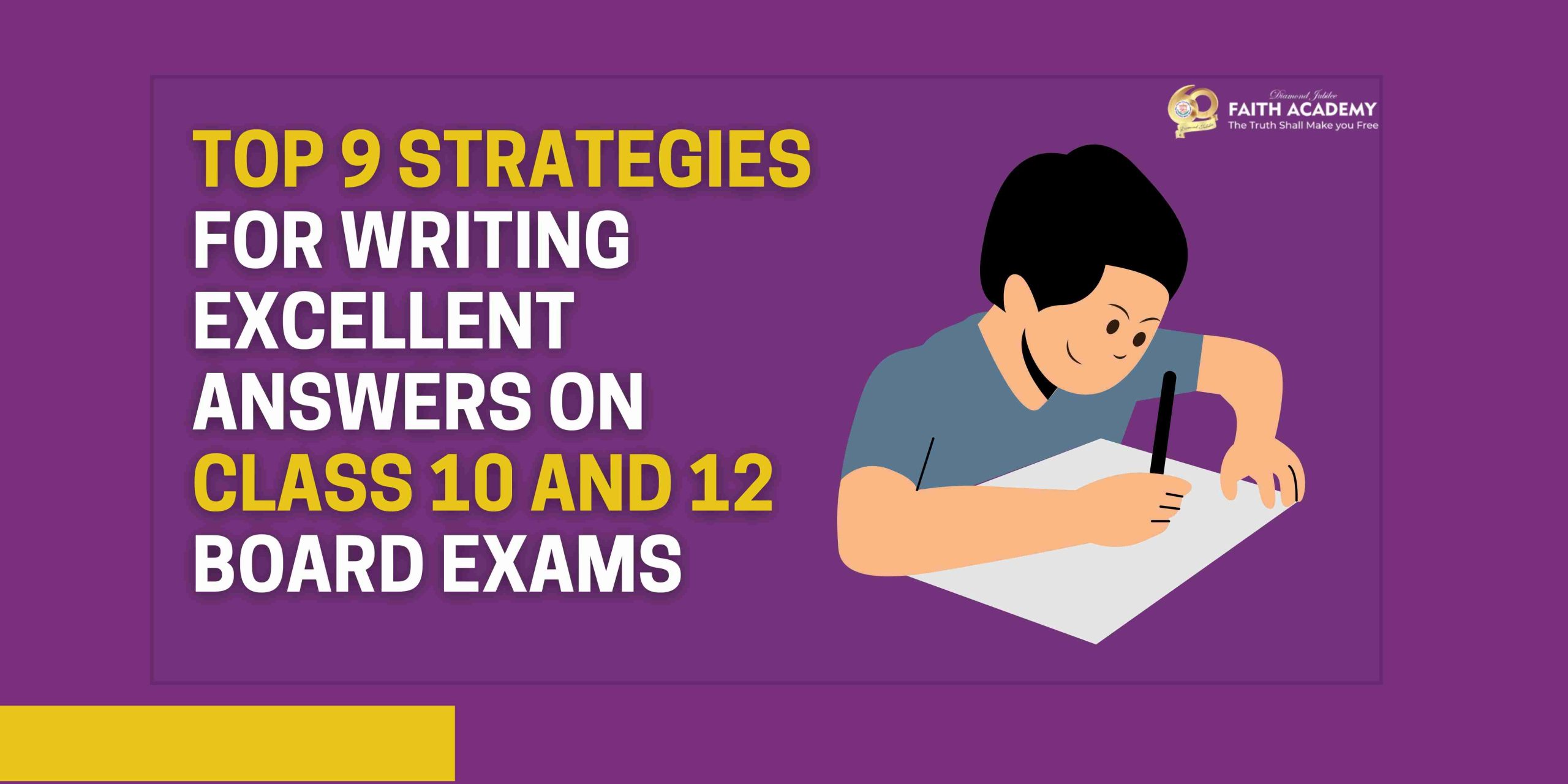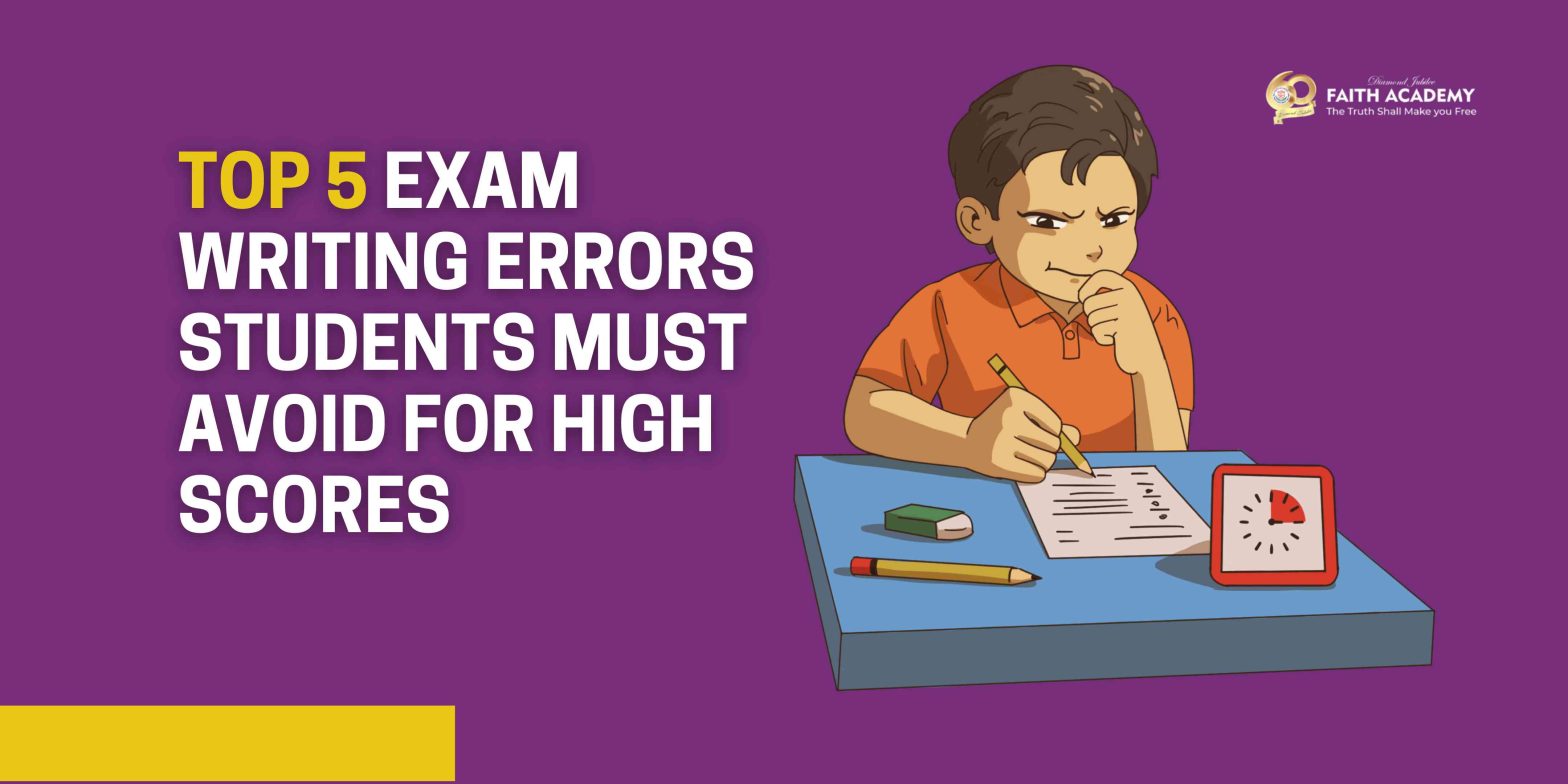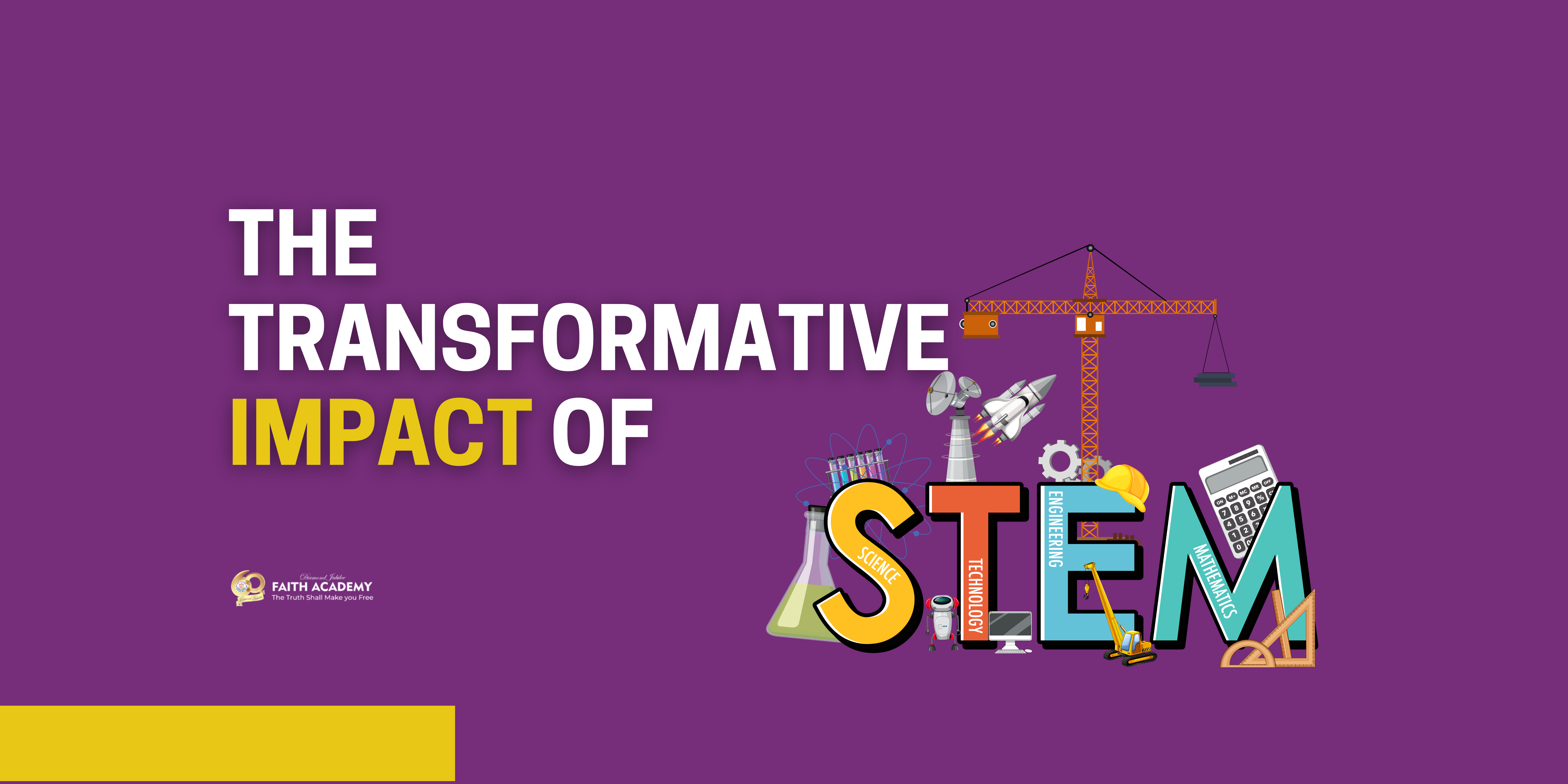Like Reads: 77 Researchers at IIT Delhi, led by Prof. Trilok Singh from the Department of Energy Science and Engineering, have achieved a significant breakthrough in solar cell technology. They’ve developed advanced Perovskite solar cells that are more durable, efficient, and cost-effective than conventional silicon-based cells. What sets their innovation apart is the use of guanidine sulfate salt, a stabilizing agent that addresses common issues like interfacial stress and defects, ensuring better performance and longer-lasting cells. Remarkably, these Perovskite solar cells retained 87% of their efficiency even after 2,000 hours of continuous use. This stability makes them a promising and affordable alternative to silicon cells, offering the potential to generate more energy at a lower cost. Traditionally, scaling up Perovskite technology has been challenging due to defects formed during production. However, the IIT Delhi team overcame these hurdles by developing a fabrication method that eliminates the need for complex and expensive anti-solvent techniques. Their innovative approach improves device reproducibility, reduces material stress, and enhances the overall stability of the cells. Prof. Singh emphasized the significance of this breakthrough, noting its potential to simplify manufacturing and make solar energy more accessible worldwide. This innovation marks a major step toward affordable, sustainable energy solutions, bringing us closer to a greener future.
A Pioneer in Structural Engineering for Space Exploration
16 Jan 2025Like Reads: 52 Dr. Digendranath Swain, a senior researcher at the Vikram Sarabhai Space Centre (VSSC), under ISRO, has recently been honored with the prestigious Vigyan Yuva Shanti Swarup Bhatnagar Award by President Droupadi Murmu. Known for his groundbreaking contributions to space science and technology, Dr. Swain has played a critical role in ensuring the structural reliability of India’s rockets, a cornerstone of the country’s ambitious space missions. Dr. Swain’s expertise lies in structural engineering, particularly in testing and validating rocket components. His team is instrumental in safeguarding the integrity of ISRO’s launch vehicles, including the PSLV, GSLV, and the cutting-edge Gaganyaan human spaceflight mission. A standout achievement in his career is the development of IMPRESS, a patented non-destructive testing system that detects material weaknesses in rocket components without causing damage—an essential innovation for high-stakes space exploration. Interestingly, Dr. Swain’s academic roots are in growth biomechanics, a field he specialized in during his doctoral research at IIT Kanpur. While this may seem unrelated to aerospace engineering, it has provided him with a unique perspective. His work on modeling the growth of soft and hard tissues has been adapted to understand material behavior under stress, improving the safety and performance of ISRO’s rockets. This knowledge also has potential applications in understanding how human tissues adapt to microgravity, an important focus for future long-duration space missions like the Bharatiya Antariksh Station. Dr. Swain’s contributions exemplify the fusion of academic brilliance and practical innovation. His work ensures that India’s rockets are reliable, safe, and ready to meet the demands of increasingly complex missions. Beyond his technical achievements, his dedication inspires confidence in India’s ability to explore new frontiers in space, paving the way for groundbreaking milestones in human spaceflight and beyond.
Five Useful Strategies for Organizing Your Study Time
1 Mar 2024Like Reads: 4,508 Studying is more than just getting better scores and passing tests; it’s also about picking up new knowledge and comprehension of topics. Many students, meanwhile, see it as a hardship. Given that they are always required to read dense textbooks, who can blame them? There’s no denying that studying demands a lot of effort. You must study more if you wish to accomplish more. This requires a high level of organization and time management. Bad study habits will most likely cause you to waste time and ultimately result in failing or bad grades, which may then cause you to become frustrated. You can prevent late submissions by keeping a solid and organized timetable. You can achieve a balanced lifestyle with time for study and leisure as you allot your time for activities other than schoolwork. But planning is simple. The hard part is maintaining it, but once you do, you’ll discover that you’ll have more fun during your free time. How could You create a thoughtful schedule? 1. Make a list of your tasks. This is to make sure you don’t overlook any crucial tasks. Making a list of your tasks will allow you to think about completing your work before the due date. For instance, when writing essays, you can check your points using other sources or seek assistance . 2. Establish a daily timetable. You may allot enough time for everything by making a daily routine, including schoolwork, spending quality time with your family, hanging out with friends, engaging in hobbies, and getting adequate sleep for the next day. 3. Do not put off doing anything. If you are not going to adhere to your timetable, what good is it? A procrastinating mind is the biggest obstacle to achievement. Aim to prevent distractions by opening your books or notes for study at the appointed hour. Participating in group studies may be a good idea if you discover that you significantly procrastinate while you are by yourself in order to stay motivated. 4. Take short breaks. Running for a short distance, listening to music, observing nature can help you focus if you’re feeling overwhelmed by information. It will revitalize your body in addition to clearing your thoughts. 5. Keep reviewing your schedule and adjusting it as needed. Every plan needs to be assessed to make sure it is benefiting you. Evaluate your daily routine and determine whether any changes are to be made. It’s acceptable to change your schedule if you have unexpected events coming up, such as weddings or reunions with family. But you must stick to your plan as your future is more important. In summary Attending school is not an easy task. There are numerous challenges in the path. All you need to do is maintain a high level of drive, submit assignments, projects on time. Time is of the essence, so you must maximize it by incorporating studying into your everyday schedule.
CBSE Exam 2024: Top 9 Strategies for Writing Excellent Answers on Class 10 and 12 Board Exams
16 Feb 2024Like Reads: 114 Exam for the CBSE Board in 2024: All of your hard work will be in vain if you are unable to accurately represent your information on the examination sheet, regardless of how well you study for the test. It is a well-known fact that students frequently experience anxiety and nervousness when seated in the test room. They frequently forget the material they studied for the exam because of the intense pressure. Even if it is common for everyone, you can ease the situation by composing your answers while seated in the test room and paying attention to a few helpful pointers. The following pointers and techniques can help you do your best on the test: 1.Make wise use of the extra fifteen minutes In the board exams, CBSE gives its pupils an extra fifteen minutes. Students are given this extra time so they may carefully read the questions before beginning to write their responses. Without being anxious, students can mentally create a strategy for how they will correctly complete the work. Students must therefore carefully consider how to use these fifteen minutes to develop a plan efficiently and accurately for writing their exams. 2. Decide what matters most. Make a list of the questions you feel most comfortable answering. It’s not necessary to write the responses in the same sequence as it appears on the question paper. First, jot down the answers you know are accurate. This will give you more self-assurance and allow you to free up enough time to consider the solutions to other concerns that are still a little unclear in your thoughts. 3. Write a concise, direct response. Examine a question attentively and make sure you comprehend its meaning. Try to keep your response to the question’s requirements as brief as possible, and refrain from writing lengthy paragraphs that provide pointless details. Make sure your responses are well-founded. For instance, if the question is, “Define soil erosion,” you are expected to describe the definition rather than its causes or effects, which is what most students write in order to lengthen their response. The majority of students actually believe the fallacy that their score increases with the length of their response. However, this is ludicrous as the examiner ignores the stories and only considers plausible explanations. 4. Make intelligent question selections. Typically, the paper has a few questions with internal choices. Any one of the options must be chosen by the learner. It’s up to you to decide which questions you want to try. Read each one carefully at least twice, and then visualize what you need to write in each situation. In this manner, you will be able to assess your level of understanding on the specific issue and get any uncertainties cleared up. 5. Try answering every question. Carefully read the questions. Go back and review the question. Make an effort to comprehend the question’s type and requirements. Write down the solution if you are aware of it. If not, using your judgment and make an educated approximation. Examiners are always searching for technical jargon or relevant keywords that could be used to award you points. 6. Don’t clutter the response sheet. Just two pens should be used: one for headings and one for writing the text in blue. Whenever you make a diagram, a pencil must be used. You would have more time to write and your answer sheet would remain straightforward. A neat presentation always helps you to score better. 7. Make sure to provide enough space between each word. Make sure the spacing between your words is appropriate. Your work should have a polished a neat appearance. Don’t group all of your sentences together. Every question should have at least two lines before and after it. You’ll benefit from doing this in the future if you feel the need to add something to your response. By doing this, you’ll avoid writing a disorganized response script. 8. Stay calm You could discover certain questions that are beyond your area of expertise. Do not panic or feel terrified during such moments. Be sensible, composed, and laser-focused. You will have more than enough time to consider and formulate responses to every query. You have to maintain your confidence and self-esteem. 9. Examine your answer sheet. Remember to check your answer sheet, at least twice, once you have finished the paper. Review your writing. Frequently, while tallying the answers, we find careless errors that would have remained unchanged if they hadn’t been verified. Verify that you haven’t overlooked any questions. Before giving the sheet to the examiner, double check that your roll number is written correctly and neatly. If you correctly frame your answers using these crucial strategies, you’ll be able to get the best possible scores on the CBSE Class 10 or Class 12 Term 2 Board Exam in 2022. These methods will also assist you in finishing your paper on schedule. Don’t worry about the outcome; just give it your all. All the very best!!
Top 5 Exam Writing Errors Students Must Avoid for High Scores on the CBSE Board Exam 2024
13 Feb 2024Like Reads: 2,975 CBSE Board Exam 2024: A student’s academic career is deemed to culminate in the board exams. The results of a student’s board examinations might have a big impact on their future plans. Even if students study for examinations all year long, the stress of board exams might cause them to make typical blunders when writing tests. Success also depends on avoiding certain blunders in the testing environment. The top 5 errors that students typically make when writing the CBSE board exams are as follows: 1. Improper use of the 15-minute additional time Students have an additional fifteen minutes before the exam begins. Students should use this time to look over all of the questions and then plan out how they will approach the assignment. Choose the questions wisely. 2. Ignoring the intent behind a question Read the questions carefully at least three times. Understand the tricks or knacks which are in it. 3. Ineffective time management Plan ahead, how much time is needed to answer MCQs, SAQ and LAQ. Practice sample paper, setting the timer during preparatory holidays. 4. Responses must not exceed the allotted word count. Write to the point , adhering the word limit. Underline the value points in pencil, label the diagrams. 5. Duplicating inaccurate data Particularly in numerical problems, students commonly make the error of copying inaccurate data from the question paper. Even in cases when the student has written the entire technique and computations accurately, this might result in a zero on that one question. Students should use particular caution while copying information from the question paper in order to avoid making this error. To ensure that they have correctly copied the data, they should review their work twice. When copying the numericals from the question paper, be careful and extra cautious, careless copying will result in a zero.
The Transformative Impact of STEM Education
13 Feb 2024Like Reads: 71 Introduction:In today’s rapidly evolving world, where technological advancements shape every aspect of our lives, the importance of STEM education cannot be overstated. STEM, which stands for Science, Technology, Engineering, and Mathematics, forms the cornerstone of innovation, progress, and problem-solving. In this blog, we delve into the transformative impact of STEM education and how it prepares students for success in the 21st century and beyond. Unlocking Creativity and Innovation:STEM education encourages students to think critically, solve complex problems, and innovate. Through hands-on experiments, projects, and real-world applications, students develop the creativity and ingenuity necessary to tackle the challenges of tomorrow. Whether designing robots, conducting scientific experiments, or coding software, STEM empowers students to unleash their imaginations and turn ideas into reality. Preparing for the Future Workforce:The demand for STEM professionals continues to grow, with numerous job opportunities available in fields such as software development, engineering, healthcare, and renewable energy. By equipping students with STEM skills, we are preparing them for the jobs of the future and ensuring they remain competitive in a global economy. STEM education fosters adaptability, resilience, and a lifelong love of learning, essential qualities for success in any career path. Fostering Collaboration and Teamwork:STEM education emphasizes collaboration and teamwork, mirroring the collaborative nature of real-world scientific and technological endeavors. Through group projects and interdisciplinary activities, students learn to communicate effectively, work cooperatively, and leverage each other’s strengths. These collaborative experiences not only enhance academic learning but also prepare students for the collaborative nature of the modern workplace. Addressing Real-World Challenges:From climate change to healthcare disparities, many of the world’s most pressing challenges require innovative STEM solutions. STEM education empowers students to become global citizens and agents of change by addressing real-world problems through scientific inquiry and technological innovation. By instilling a sense of responsibility and empathy, STEM education inspires students to use their knowledge and skills to make a positive impact on society. Promoting Diversity and Inclusion:Diversity is a cornerstone of STEM education, as it brings together individuals with different perspectives, backgrounds, and experiences. By promoting diversity and inclusion in STEM fields, we can harness the full potential of our collective talent pool and drive innovation. STEM education initiatives that reach underserved communities and underrepresented groups help bridge the diversity gap and create pathways for all students to pursue STEM careers. Conclusion:In conclusion, STEM education is not just about teaching science, technology, engineering, and mathematics—it’s about empowering the next generation of innovators, problem-solvers, and leaders. By fostering creativity, preparing students for the future workforce, promoting collaboration, addressing real-world challenges, and promoting diversity and inclusion, STEM education paves the way for a brighter, more equitable future. As educators, parents, and policymakers, we must continue to prioritize STEM education and ensure that all students have access to the knowledge and skills they need to succeed in the 21st century and beyond.








